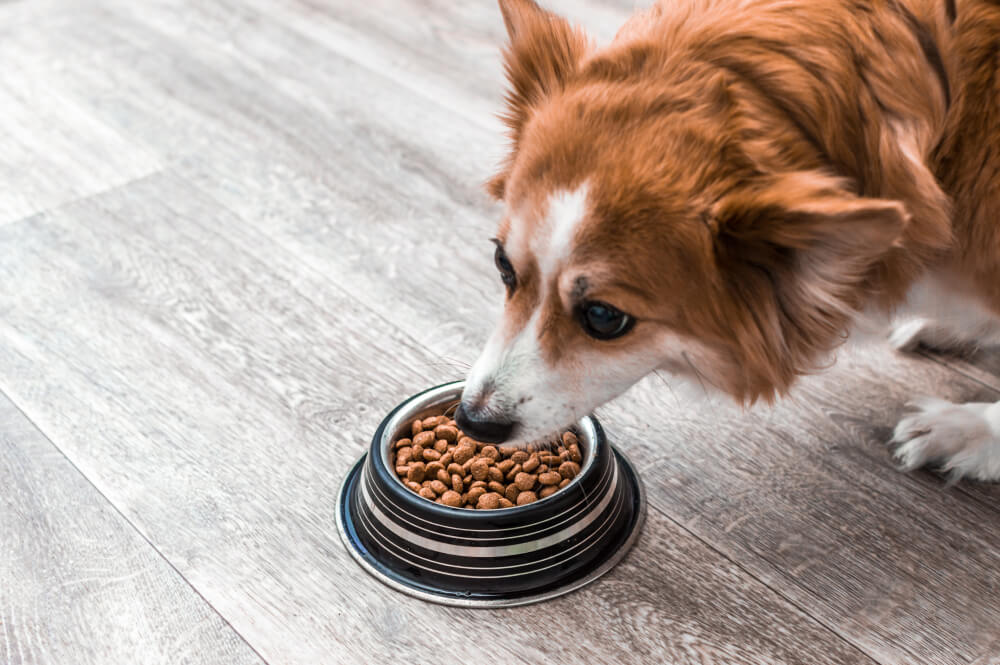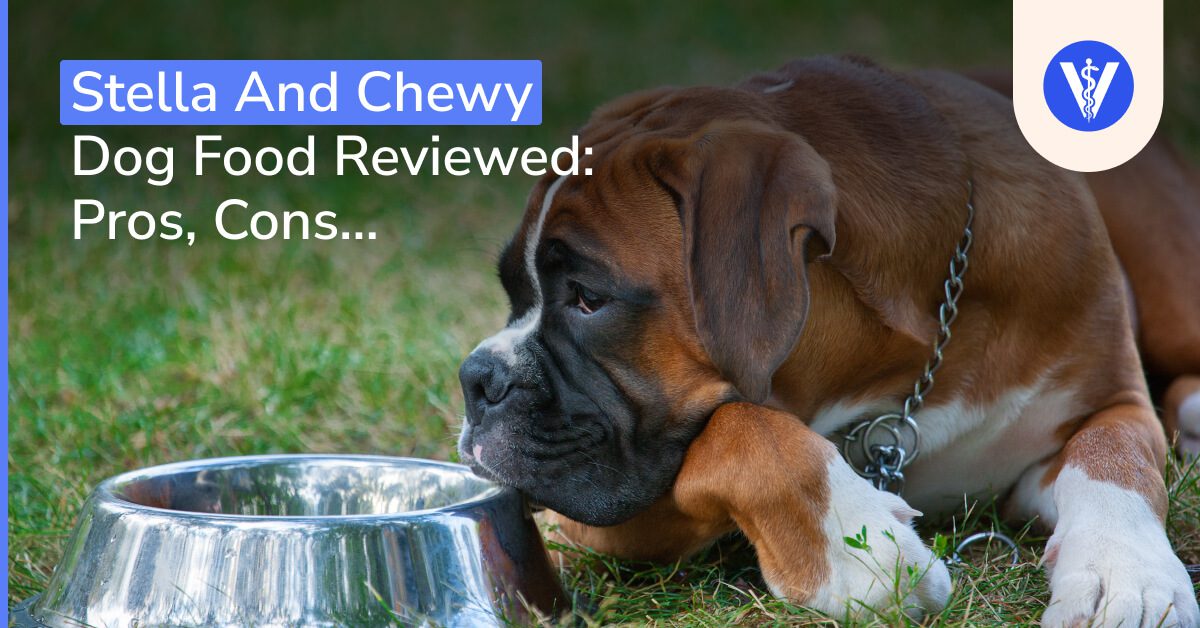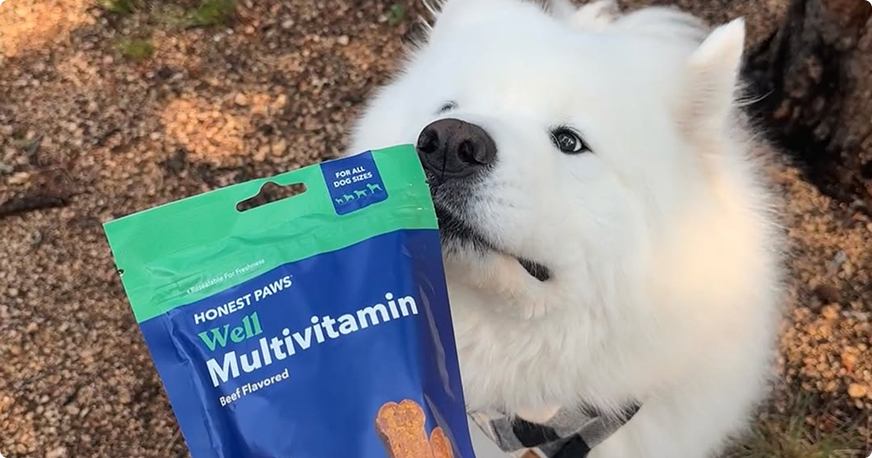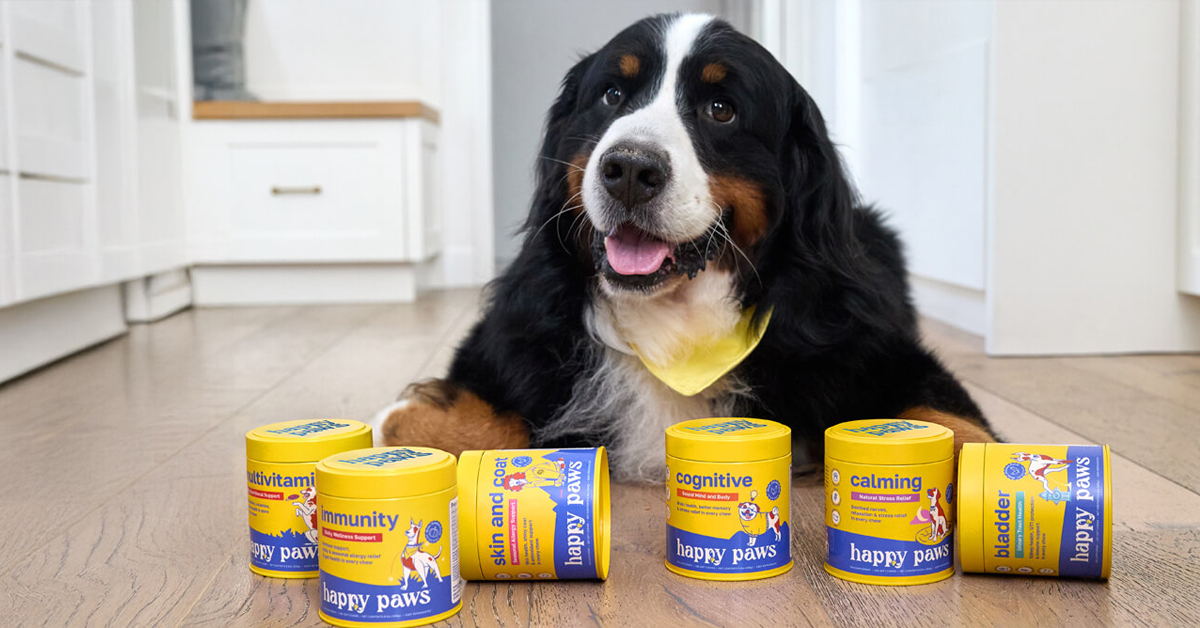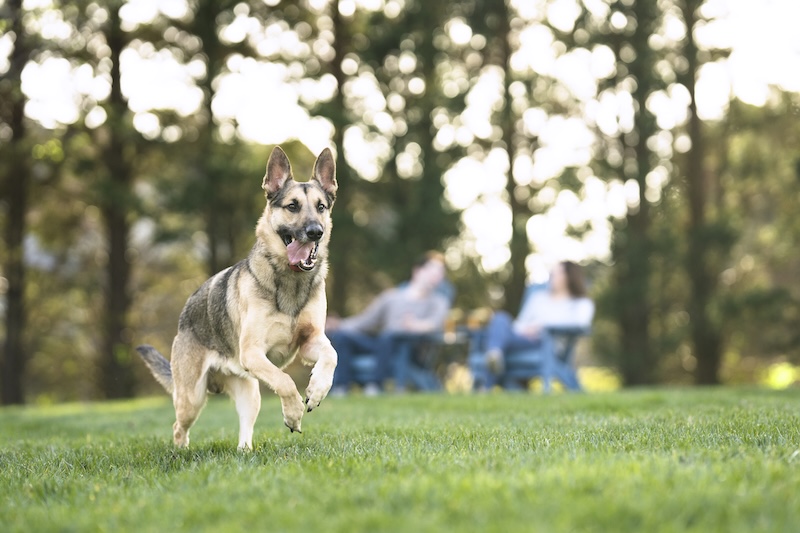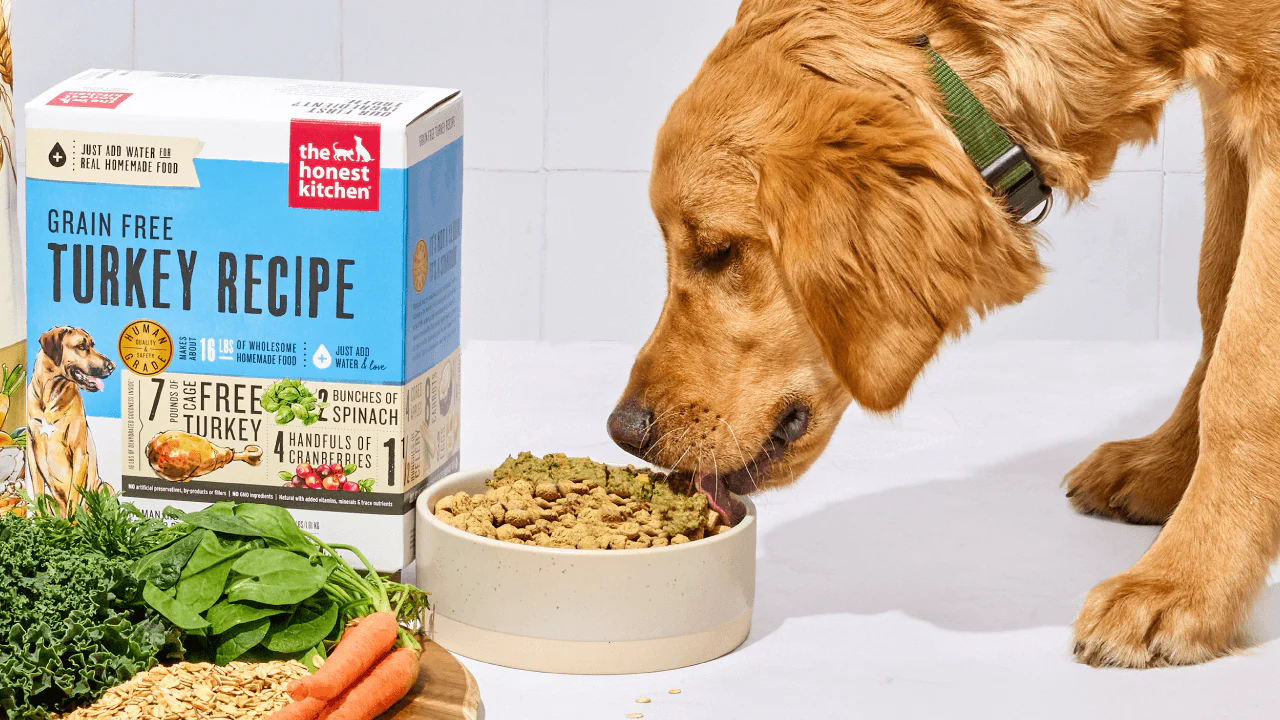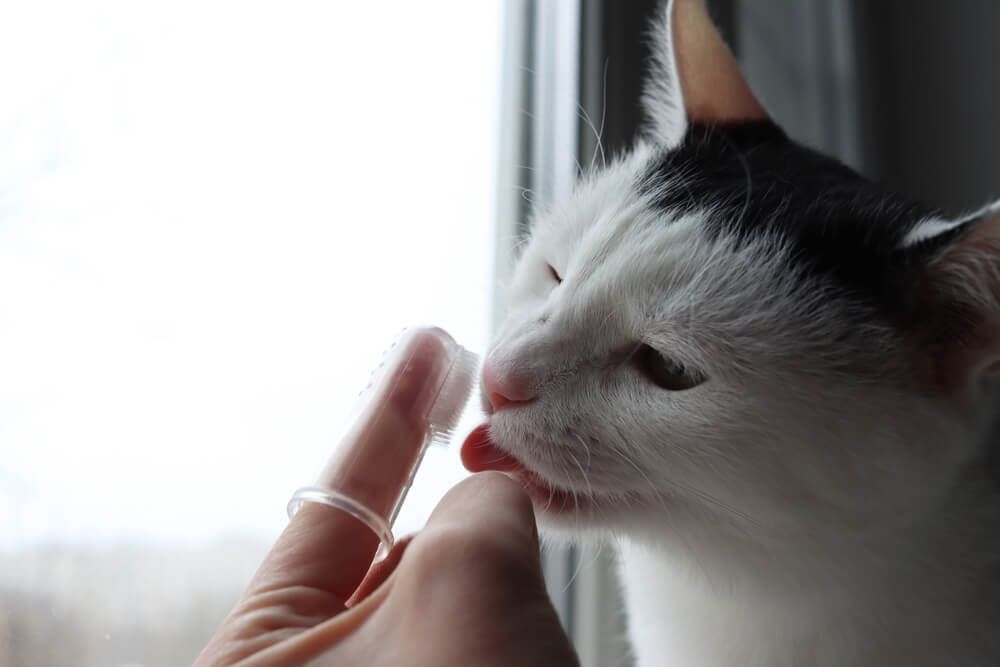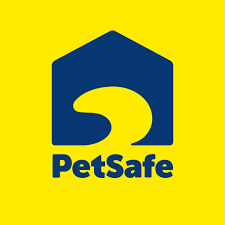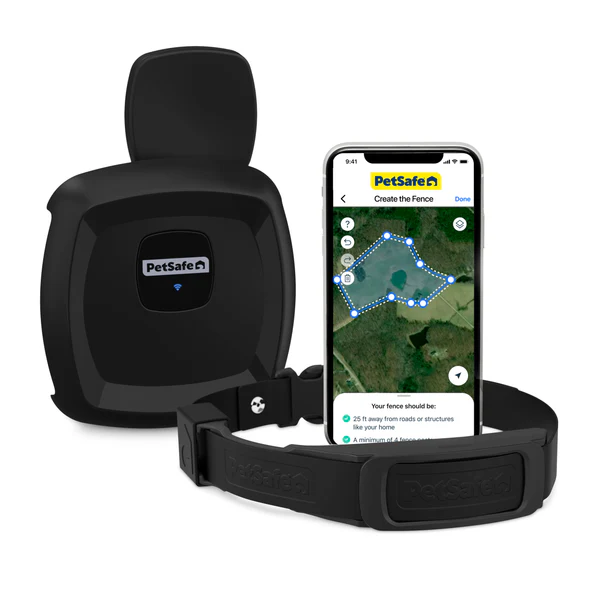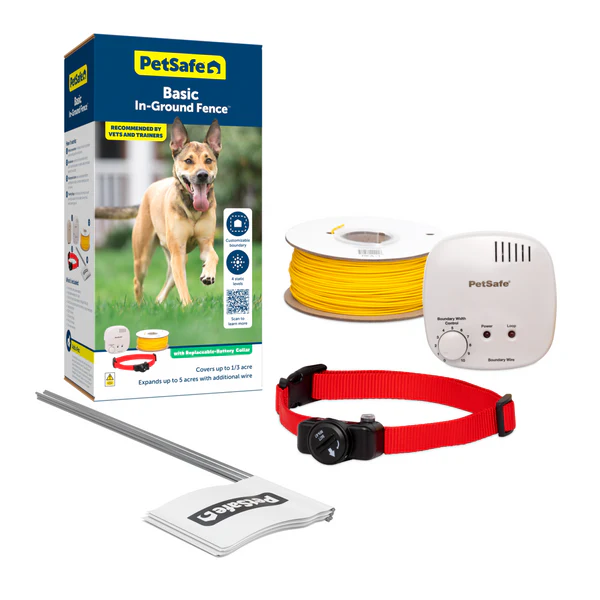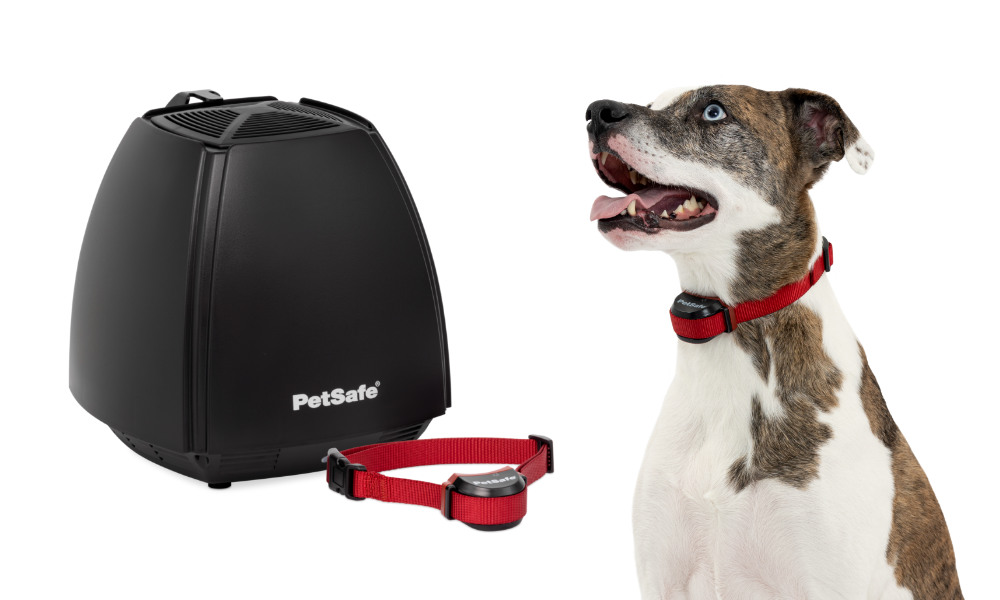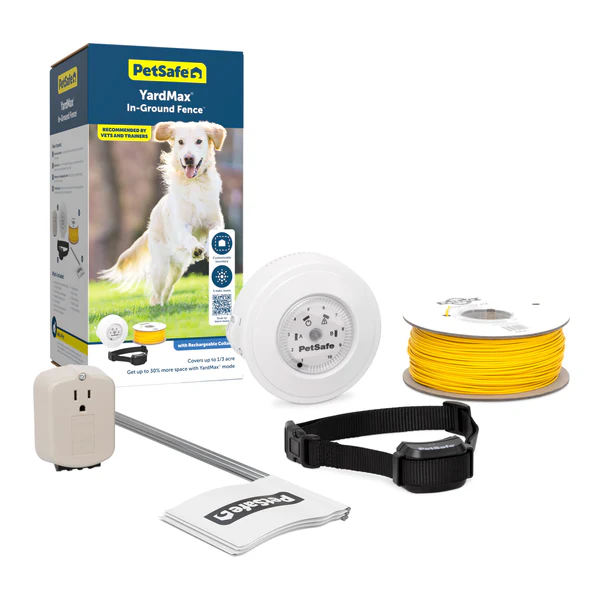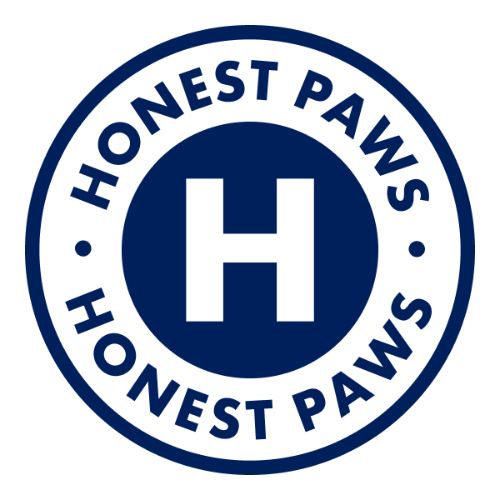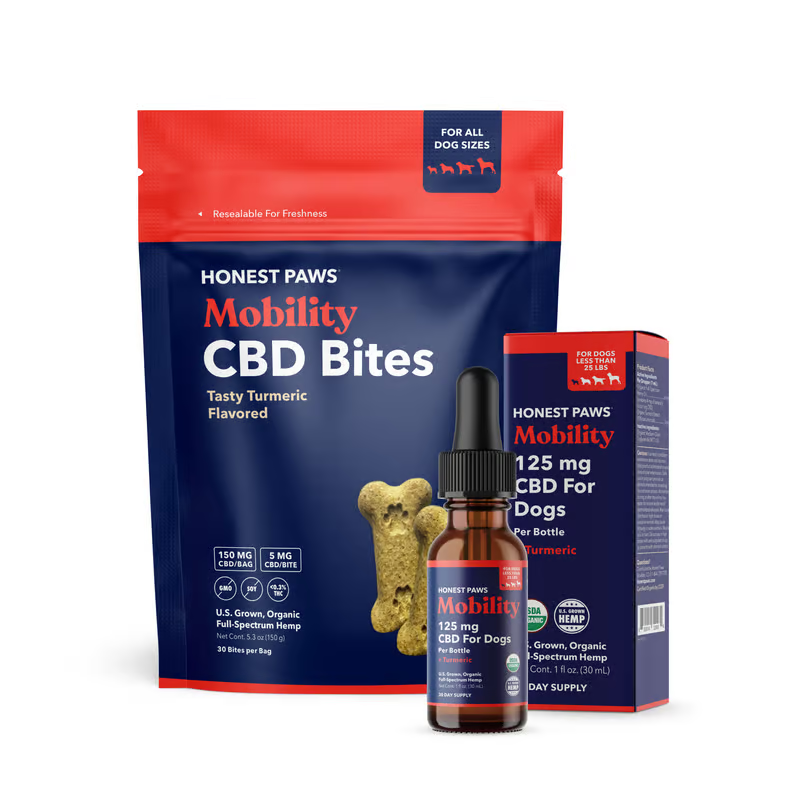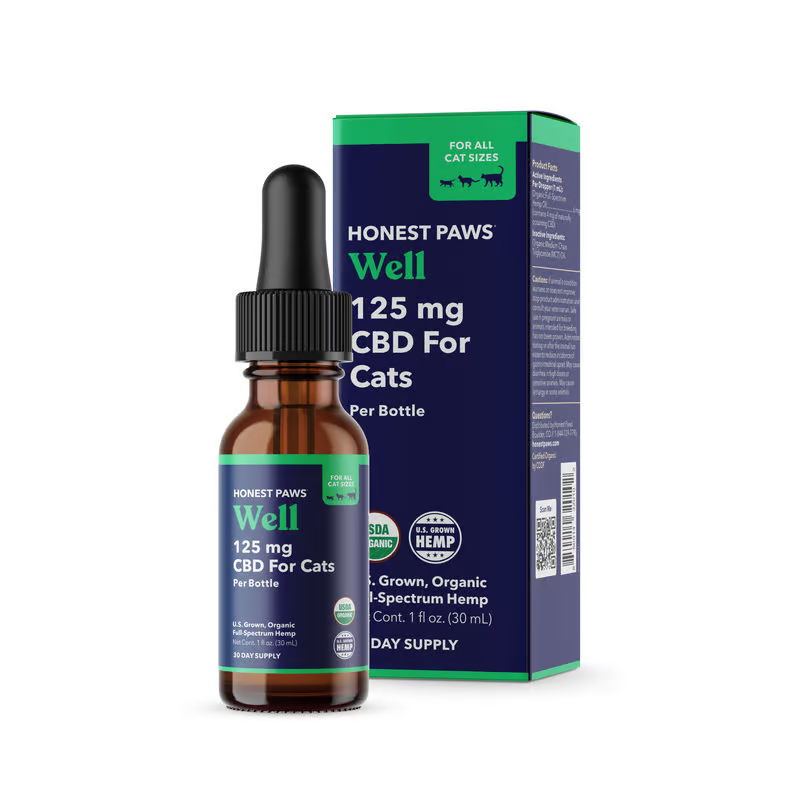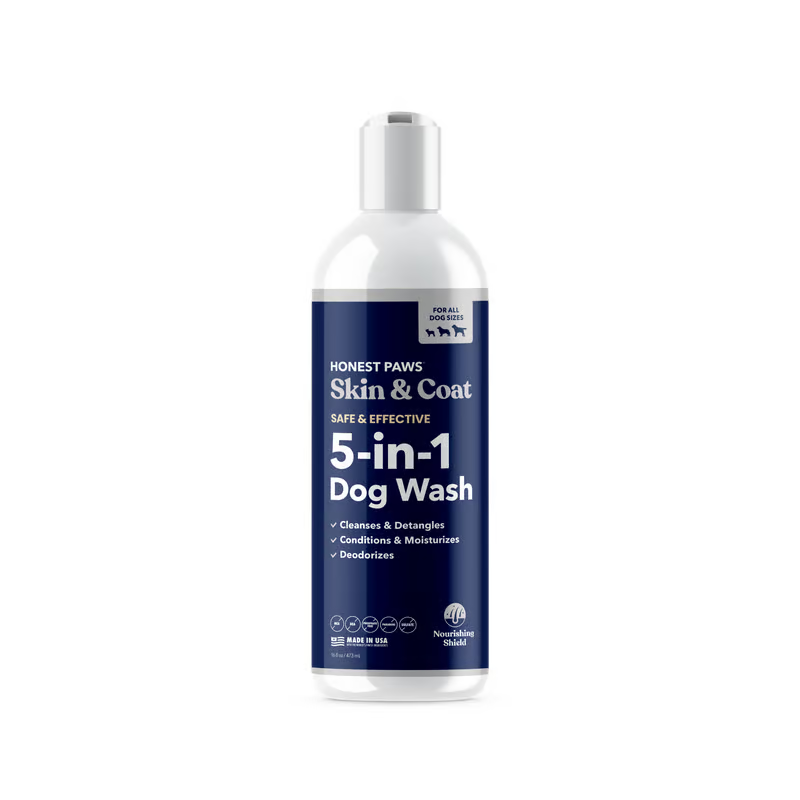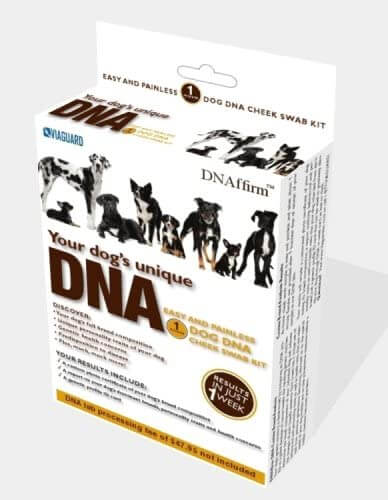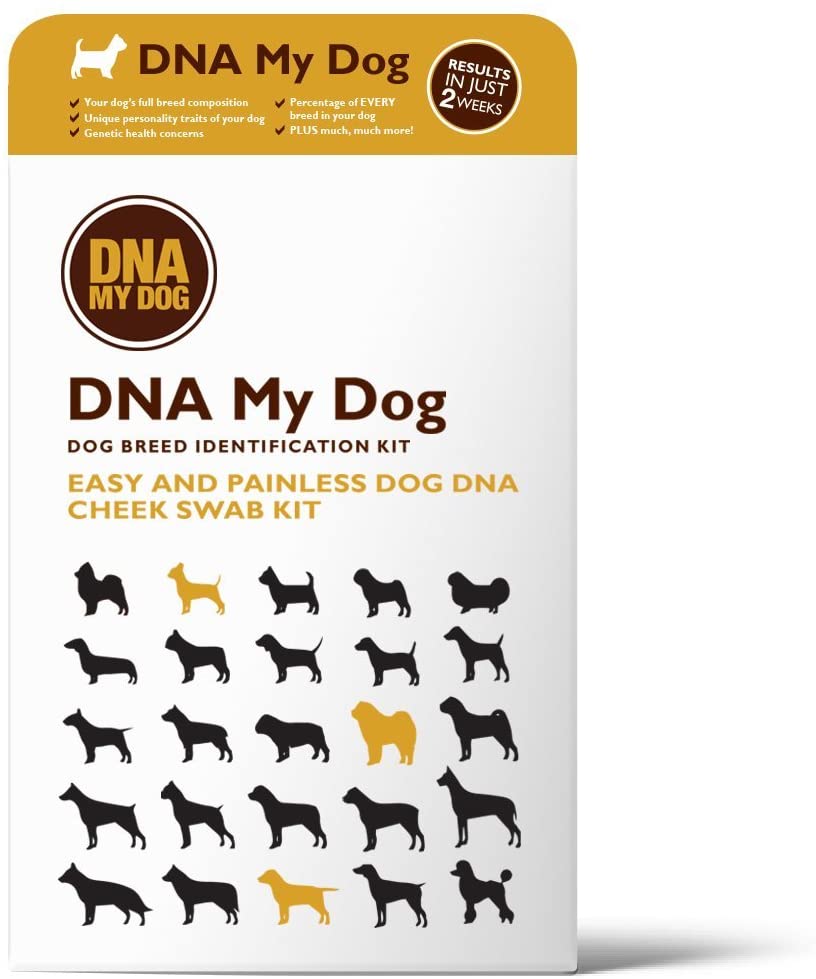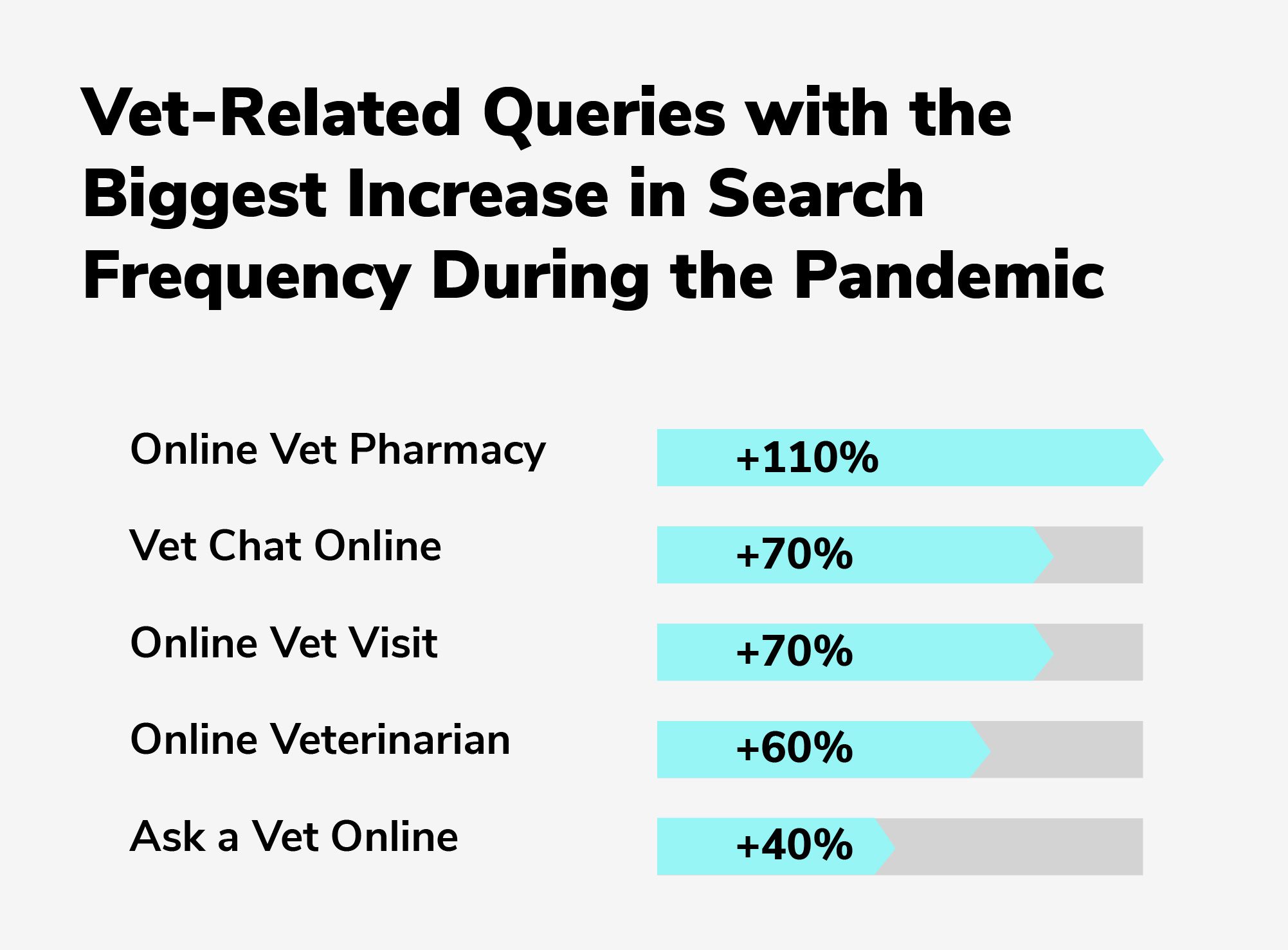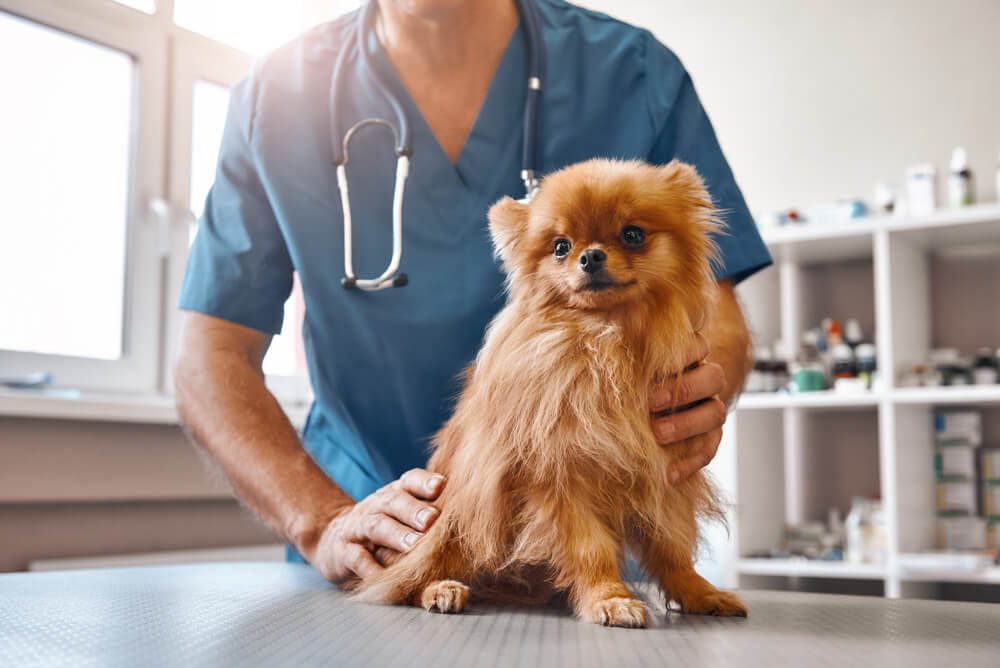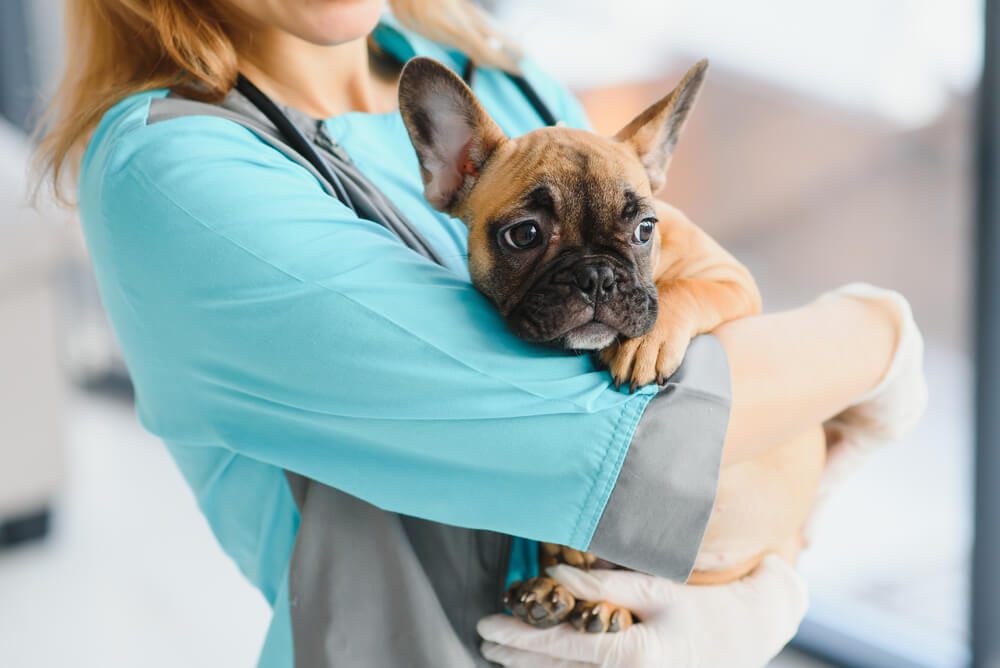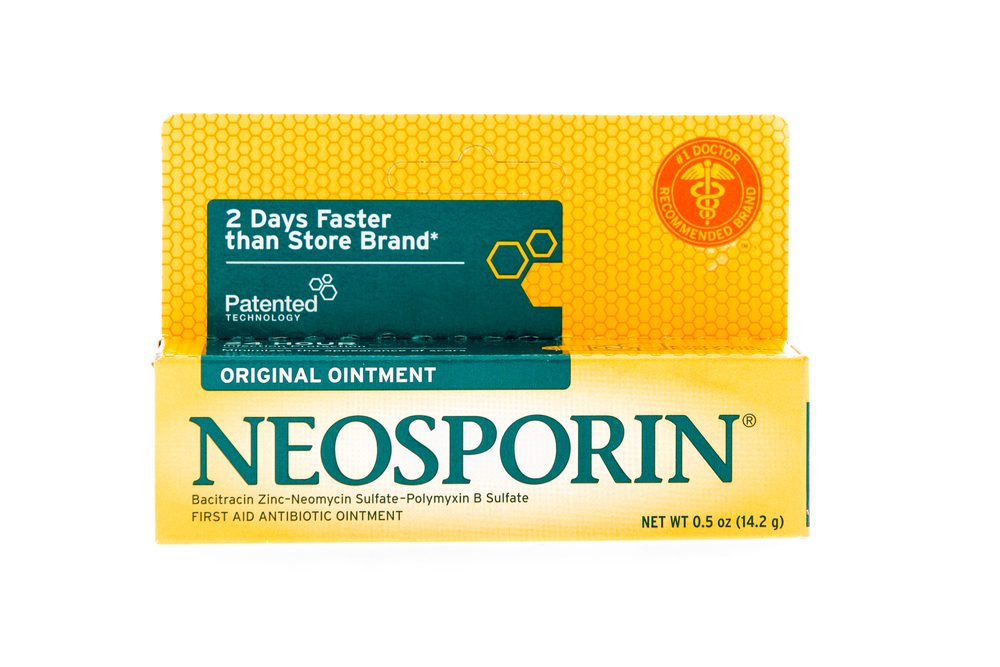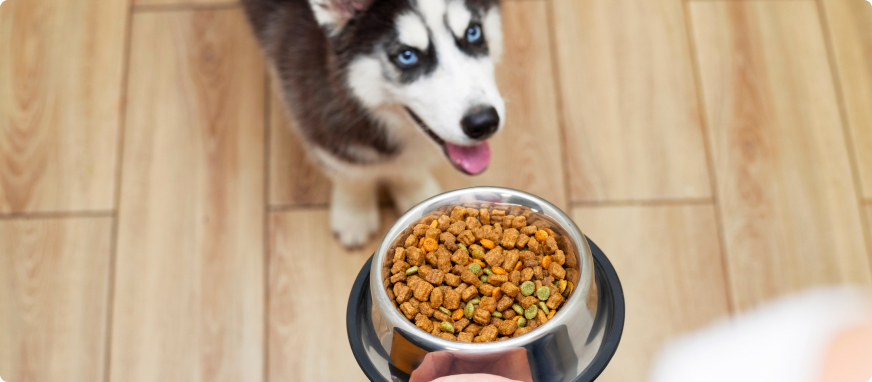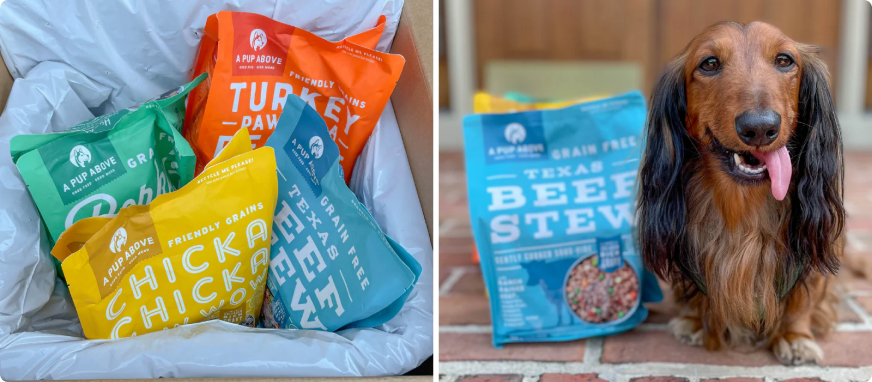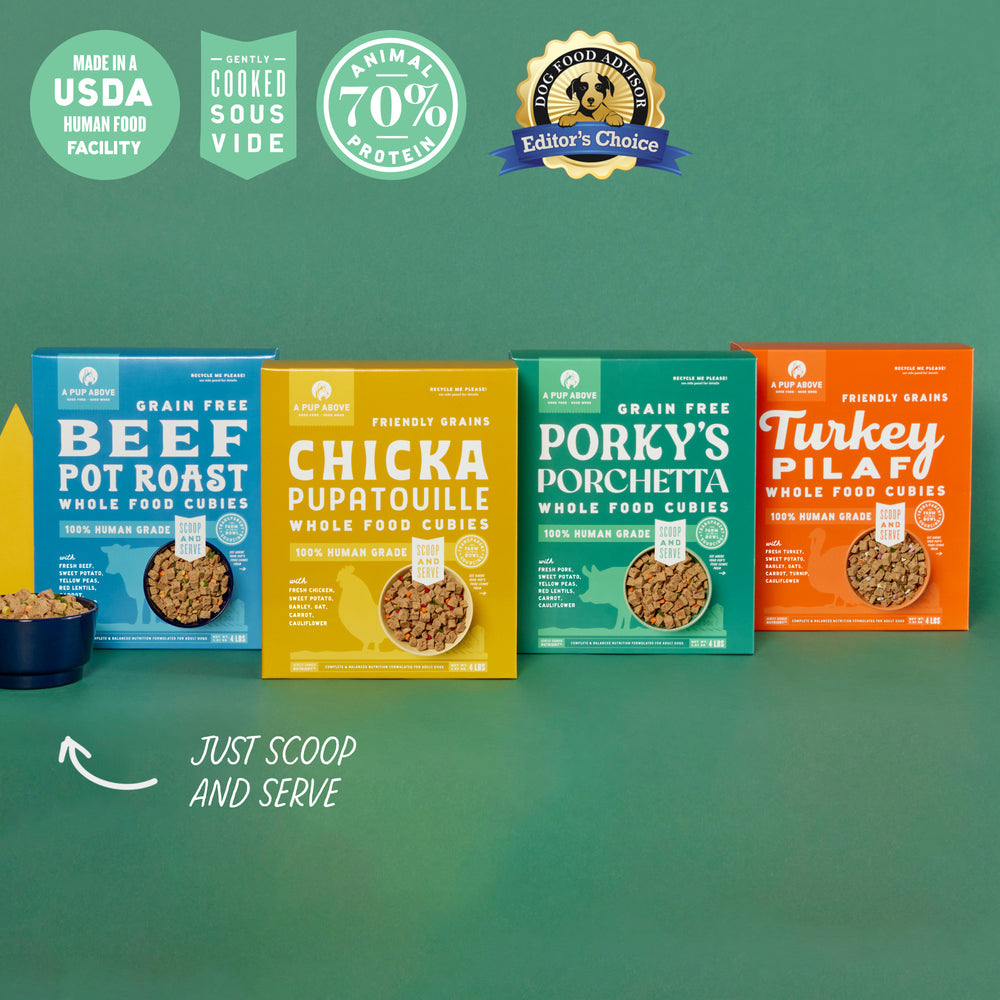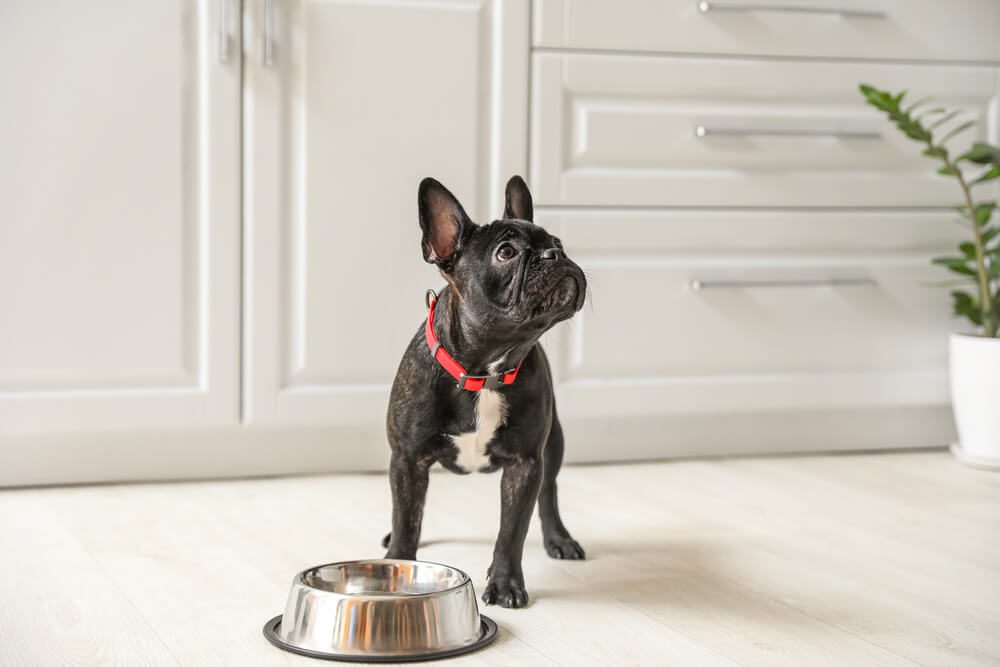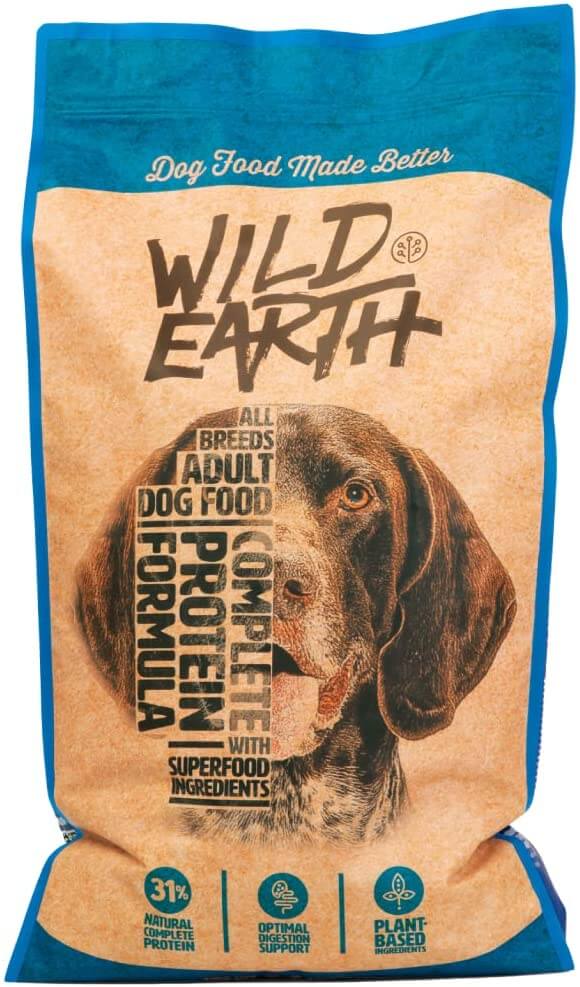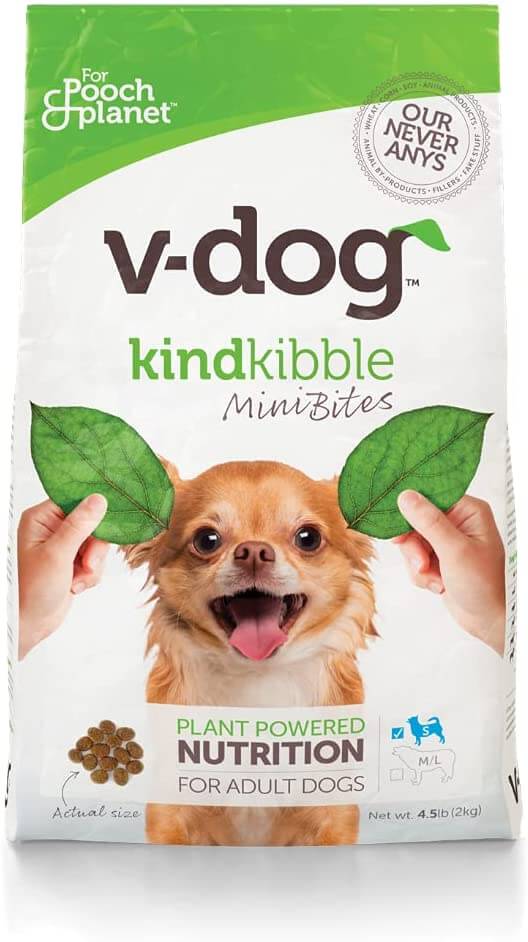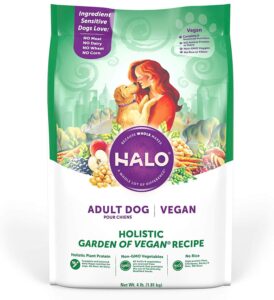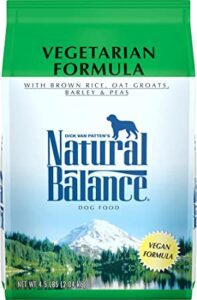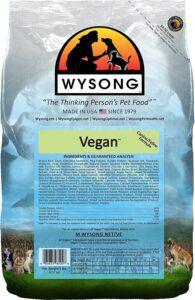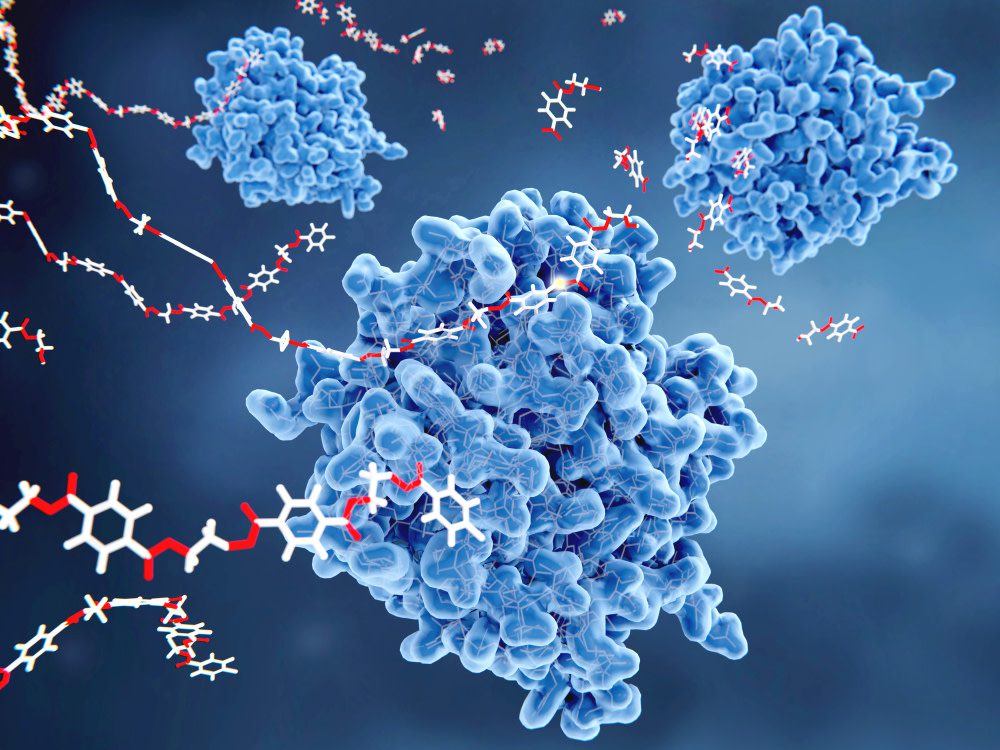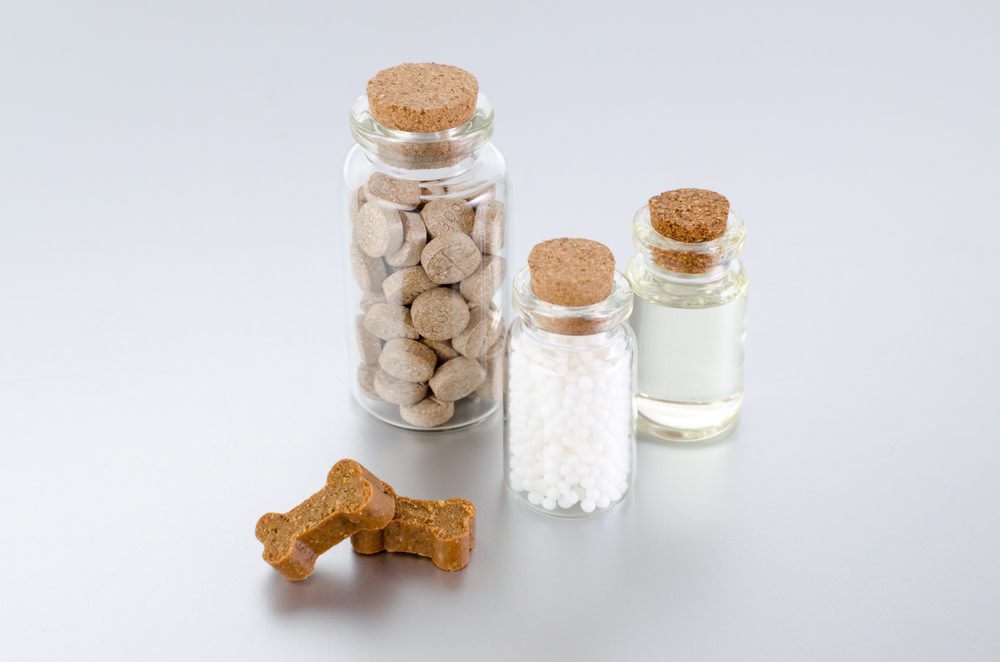Yes! Dogs can eat chicken hearts. Chicken hearts for dogs are a healthy and nutrient-dense snack. Chicken hearts are packed with protein, vitamins B and A, iron, zinc, omegas, and taurine. Proper growth and development, healthy skin and coat, and impeccable eye and heart function are among the top benefits of chicken hearts for dogs. Generally, chicken for dogs is a great addition to any canine’s diet when safely prepared and served conscientiously.
For dog owners wondering if “Are chicken hearts good for dogs?” the answer is yes, chicken hearts are safe and beneficial when prepared correctly. They are best served boiled or air-fried and free from added oils, spices, and seasonings. Given in excess amounts, chicken hearts for dogs can cause digestive problems. Additionally, chicken hearts can trigger allergic reactions in dogs sensitive to chicken. Supervise your dog when serving chicken hearts for the first time. Gradually increase the serving portion of chicken hearts for dogs if there are no reactions after the first feeding. Include chicken hearts as a supplement to a complete and balanced diet.
Why Are Chicken Hearts Good for Dogs?
Chicken hearts are beneficial for dogs because they are rich in protein, vitamins, and minerals. Compared to other organ meats, they are relatively low in fat and calories, making them a high-quality source of lean protein.
Dogs enjoy the delicious taste and chewy texture of chicken hearts. Additionally, they are easy to find, prepare, and serve.
What Are the Benefits of Chicken Heart for Dogs?
The benefits of chicken hearts for dogs are listed below.
- Lean Protein Source: Chicken hearts are rich in protein, which dogs need for growth, development, muscle mass maintenance, tissue repair, and general body function.
- High in Vitamins: Chicken hearts contain vitamins B (B6, B9, and B12) and A. They are vital for energy production, nerve function, and impeccable vision.
- Mineral Profile: Chicken hearts are high in zinc and iron. These minerals are crucial for maintaining immune function, producing blood cells, and promoting healthy skin.
- Taurine Content: Chicken hearts contain an amino acid called taurine. Taurine is critical for heart health, helps prevent heart disease in dogs, and promotes good vision.
- Omega-3 and Omega-6 Fatty Acids: Chicken hearts are a rich source of omega-3 and omega-6 fatty acids, which support cognitive function, reduce inflammation, and promote healthy skin and coat.
- Dental Health Support: Chicken hearts have a chew texture that scrapes plaque from the dog’s teeth, effectively cleaning them and promoting oral health.
When Are Chicken Hearts Bad for Dogs?
Chicken hearts are bad for dogs when served in excessive amounts, too frequently, or inadequately prepared.
Chicken hearts must not be overfed, as they are not a complete and balanced food for dogs. If prepared incorrectly, such as being fried or heavily seasoned, chicken hearts can upset the dog’s stomach, causing vomiting and diarrhea.
Finally, chicken hearts can be harmful to dogs that are allergic to chicken. Chicken contains protein that can trigger the immune system, provoking allergic reactions. Chicken hearts have the same protein as chicken meat.
Can Puppies Eat Chicken Hearts?
Yes, puppies can eat chicken hearts. Chicken hearts are a nutritious and safe food source for puppies. They can be given raw or cooked. Cooked chicken hearts are safer than raw hearts, as raw hearts can carry bacteria, and puppies are more susceptible to infections.
Boiled chicken hearts are best suited for puppies and can be added to their menu when they are between eight and twelve weeks old. They can be given whole or chopped into smaller pieces if served to very small puppies.
Can Chicken Hearts Cause Allergies in Dogs?
Yes, chicken hearts can trigger allergies in dogs. Chicken allergies arise from proteins found in all parts of the chicken, including the heart.
Allergies to chicken hearts are quite common, as chicken is a prevalent allergen. According to a study titled “Critically Appraised Topic on Adverse Food Reactions of Companion Animals (2): Common Food Allergen Sources in Dogs and Cats,” published in BMC Veterinary Research in 2016, chicken accounts for 15% of food allergies in dogs.
Chicken allergy in dogs manifests as skin or digestive issues. The most common skin problems are itchiness and recurrent ear infections, while digestive symptoms may include diarrhea and excessive gas production.
How to Prepare Chicken Hearts for Dogs?
You can prepare chicken hearts for dogs by boiling or air frying them. Chicken hearts for dogs, raw or cooked, are safe and beneficial.
Raw chicken hearts are richer in nutrients, while cooked chicken hearts for dogs eliminate the risk of bacterial contamination. However, not all cooking methods are equally safe. For example, frying is not ideal, while boiling and air frying are recommended.
Can Dogs Eat Raw Chicken Hearts?
Yes, dogs can eat raw chicken hearts. However, raw chicken hearts for dogs can harbor harmful bacteria, such as Salmonella and E. coli, which can cause foodborne illnesses. Always make sure the chicken hearts are fresh and properly handled to minimize the risk of complications.
Pet owners often ask, “Can dogs eat raw chicken?” The answer is yes. When eating raw meat, there’s always a risk of bacterial contamination, but there could be benefits in choosing to blend a raw diet in a dog’s routine.
Can Dogs Eat Fried Chicken Hearts?
No, dogs cannot eat fried chicken hearts. Chicken hearts are healthy for dogs. Frying, however, adds unnecessary fats and potentially spices to the treat. Excess fat leads to weight gain, while the use of spices can cause digestive problems.
“Can dogs eat fried chicken?” is a common dilemma among pet parents. Fried chicken contains too much fat and is seasoned with spices. Overall, dogs should not be fed fried chicken or chicken hearts.
Can Dogs Eat Boiled Chicken Hearts?
Yes, dogs can eat boiled chicken hearts. Boiling is the best cooking method for preparing chicken hearts, as it is quick, straightforward, and eliminates the risk of bacterial contamination. Boiled chicken hearts for dogs are a delicious and safe option.
If you’re wondering how to boil chicken for dogs, it’s quite simple. Purchase skinless, boneless chicken and cook it for about 12 to 15 minutes, or until the internal temperature reaches 165°F (74°C). Be sure not to add any oils, spices, or seasonings when boiling chicken for dogs.
What to Consider Before Giving Your Dog a Chicken Heart?
Consider the source and quality, serving method, portion size, fat content, and balance before giving your dog a chicken heart.
Always source chicken hearts from reliable sellers, as low-quality meat can be harmful. When deciding on a serving method, consider whether to use raw or cooked chicken hearts, based on your dog’s nutritional needs and lifestyle.
Serve chicken hearts moderately and occasionally. Check the fat content and lower the serving dose if the hearts are too fatty. Always adjust the portion size to the dog’s age and lifestyle.
Keep in mind that chicken hearts, although nutritious, are not a complete food source and should be used as meal additions and part of a well-balanced diet.
How Much Chicken Heart Can Dogs Have?
Dogs can have several pieces of chicken hearts based on their lifestyle and size. Organ meat can account for up to 10% of an active dog’s diet, or up to 15% for very active dogs.
The general recommendation is that small dogs (under 20 pounds) can eat four chicken hearts per day. Medium dogs (between 20 and 50 pounds) may do well with four to six hearts. Large dogs (over 50 pounds) can eat up to six or eight chicken hearts daily.
Can Too Many Chicken Hearts Affect a Dog’s Digestion?
Feeding dogs chicken hearts can be safe when done in moderation. However, giving them too many chicken hearts can affect a dog’s digestion. Excessive amounts, or frequent feeding can upset a dog’s stomach and disrupt their digestive process.
Common signs of digestive upset in dogs include vomiting and diarrhea, which may also be accompanied by a temporary loss of appetite and increased gassiness.
What to Do if Your Dog Ate Chicken Hearts?
If your dog ate chicken hearts, monitor for signs of digestive upset or allergies. Chicken hearts are generally safe for dogs, especially when served in moderation.
Monitoring is recommended if the dog is eating chicken hearts for the first time. Diarrhea, loss of appetite, and vomiting are signs of distress. If they do not occur, it is safe to continue feeding.
If the dog ate chicken hearts that you did not give, it is advisable to carefully watch for signs of upset and visit the veterinarian if necessary. Chicken hearts, especially when fried or seasoned with spices, are likely to cause gastrointestinal distress.
Which Other Parts of Chicken Giblets Are Safe for Dogs to Eat?
The other parts of chicken giblets that are good for dogs are listed below.
- Chicken Liver: The chicken liver is a nutrient-dense addition to a dog’s meal. It contains ample amounts of vitamin A, iron, and anti-inflammatory omega-3 fatty acids.
- Chicken Gizzards: Chicken gizzards, whether served cooked or raw, make perfect dog snacks. They are rich in vitamins, minerals, and omega fatty acids.
- Chicken Neck: The chicken neck is an excellent introductory raw bone for dogs because it has a chewy texture that dogs enjoy. Still, it is not too hard or dangerously prone to splintering.
1. Chicken Liver
Chicken liver is a healthy and high-protein giblet-based snack for dogs. The liver is extremely rich in vitamins A and B12. It also boasts high levels of minerals, such as zinc, iron, and copper. The omega-3 fatty acids in chicken liver support cognitive function, heart health, and overall skin and coat wellness.
Chicken liver for dogs should be served cooked to eliminate the risk of bacterial infections. It must also be given in moderate amounts, and occasionally, due to its high vitamin A content. Too much vitamin A is toxic to dogs.
2. Chicken Gizzards
Chicken gizzards are a nutrient-dense organ meat type rich in protein and healthy omega-3 fatty acids. The omega-3 fatty acids in gizzards have an anti-inflammatory effect and support heart function, skin and coat wellness, and cognitive health.
The mere action of chewing on chicken gizzards boosts dental hygiene and provides mental stimulation. Chicken gizzards for dogs should be added to the dog’s menu gradually and can be served cooked or raw. Introduced gradually and served in small amounts.
3. Chicken Necks
Chicken neck makes a great occasional treat for dogs. Chicken necks are a rich source of joint-friendly nutrients, including chondroitin and glucosamine. Plus, they have a good amount of protein. Munching on necks is mentally stimulating and removes plaque from the dog’s teeth, supporting dental wellness.
Chicken necks for dogs can be given raw or cooked. It is advisable to always supervise dogs when they eat chicken necks for the first time, especially if they are not accustomed to chewing on them.
What Chicken Parts Are Safe for Dogs to Eat?
The chicken parts that are safe for dogs to eat are listed below.
- Chicken Breast: The chicken breast is the most tender and flavorful part of the chicken. It is delicious, easy to digest, and an excellent source of high-quality and lean protein.
- Chicken Skin: Chicken skin is high in fats and makes a great occasional treat if it is not heavily seasoned. However, it must not be overfed due to the fat content.
- Chicken Thigh: Chicken thighs are rich in lean protein and essential nutrients, such as vitamins and minerals, while their chewy texture promotes dental health.
- Chicken Feet: Chicken feet are rich in glucosamine and chondroitin, making them an effective nutritional support for joint health.
1. Chicken Breast
Chicken breast is an easily digestible and protein-rich part of the chicken meat. It is delicious, nutritious, and versatile. Additionally, chicken breast has a low fat content, making it suitable for dogs on weight control regimens. In addition to protein, chicken breasts are rich in vitamins, such as B3 and B6, as well as minerals like phosphorus and selenium.
Raw chicken breast can cause foodborne illnesses, leading to stomach upsets. Therefore, it is best served boiled. Cooked chicken breast should always be served to sensitive categories, such as puppies, seniors, and dogs with compromised immune systems.
2. Chicken Skin
Chicken skin is not the ideal part of the chicken for dogs. However, if served correctly—small amounts, infrequently, and adequately prepared —it can be beneficial. Chicken skin has protein, essential minerals, and vitamin B6. When baked, it becomes chewy and crispy, which dogs love.
The main issue with chicken skin for dogs is its high fat content. Excess fat consumption leads to weight gain and obesity. Over-served, it can also trigger inflammation of the pancreas. Plus, if cooked with spices, they can wreak havoc on the dog’s stomach, causing vomiting and diarrhea.
3. Chicken Thighs
Chicken thighs are an excellent source of lean and high-quality protein for dogs. Dogs thrive on protein, which they use for growth, development, and tissue repair. The thigh also contains vitamins B3 and B6, as well as essential minerals such as selenium, zinc, and phosphorus. The omega fatty acids help boost skin and coat health.
Chicken thighs can be served cooked or raw. Cooked is a safer option as it eliminates the risk of foodborne illnesses and bacterial infections. Plain chicken thighs are the best and are easy to digest, even for dogs with sensitive stomachs.
4. Chicken Feet
Chicken feet for dogs are a natural snack. They are crunchy, delicious, and have several vital nutrients. For example, they contain glucosamine and chondroitin, which support joint health and are ideal for dogs with arthritis and hip or elbow dysplasia. Munching on chicken feet helps scrape plaque buildup from the teeth and is mentally stimulating for dogs.
Raw chicken feet for dogs may carry harmful bacteria, but they are a safer alternative to cooked feet. Cooking can make bones brittle and prone to splintering, which can lead to internal injuries. Raw and dehydrated chicken feet are the recommended option.
